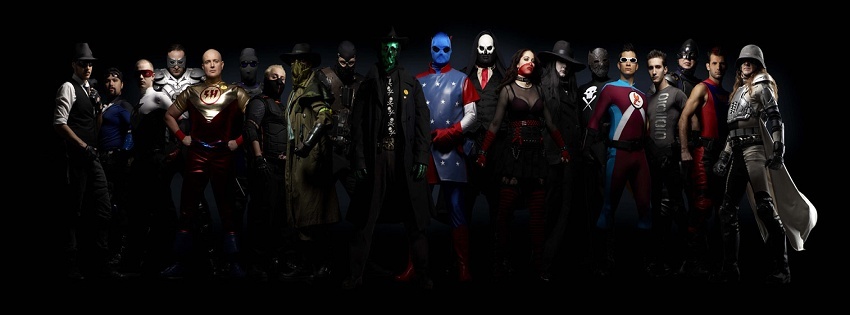Someone asked for this kind of thread. I decided to kick it off with some very basic info. Anyone can contribute, but please don't talk out of your ass.
Responding to real-world emergencies is complicated. You almost never encounter someone with a single, simple problem. But because first aid is a very large field, I'd like to laser-focus this thread on stopping bleeding. We can make other threads with regard to broken bones, medical problems, head injuries, Good Samaritan law, gathering medical information and developing a rapport, etc. etc. etc.
My experience is as a certified EMT (B) over the last 6 years, volunteering in various capacities. However, any advice you take from me is at your risk. The goal of first aid is to hold you over until you get more advanced medical attention. This applies to you too. Please don't try to stitch yourself up like in the movies.
You're approaching someone who is breathing and conscious but bleeding.
If you carry a kit, include a pair of latex or non-latex gloves. You do not want to get blood on your hands. Bleeding is a panic button for a lot of people. Some pass out just from thinking about it. It looks like there's more blood when it's spread on the ground. When you get there, you're doing three things at the same time:
1. You're putting on your gloves and getting out any items you need.
2. You're looking at the person - how's his color? How awake is he? Where is the bleeding? Does he look pained? Is he holding any part of his body?
3. You're calmly introducing yourself, finding out the name of the victim, and asking permission to help. If you don't have permission to help and you do anyway, it's assault. (If he's unconscious, it's assumed he would consent.)
If it looks like he's going to pass out, you need to have someone call 911 and get as much information as you can quickly. We'll build on that later, but for now, find out his name, what happened, where he feels pain, and whether he has any prior medical problems/meds/allergies.
To actually slow the bleeding, put some gauze over the wound and apply pressure. If you don't have gauze, use any reasonably clean piece of cloth. Hold it there for at least 5 minutes, and don't peek. Add new gauze if the old one is soaked through. It's that simple. If you can't sit there with your fingers on it, wrap tape firmly around the gauze (but don't completely cut off circulation). If it's in an arm or leg, lift the extremity to slow the bleeding down. I've heard good things about styptic powder, which causes the blood to immediately clot, but have never used it.
Let's talk about foreign objects. If something is resting on top of the wound, like a small piece of glass, you can wash it off with water/saline, gently brush it off with a piece of gauze, or remove it with tweezers. That will prevent it from getting embedded when you apply pressure. But if something is already embedded in the wound, or he's impaled on something, do NOT attempt to pull it out. That's for the pros to do. You could introduce more bleeding and infection. If there's bleeding with multiple embedded foreign objects, like someone punched through a pane of glass, I like to put gauze on it and ask the person to apply pressure up until she feels pain - she can feel where the glass is and avoid that area, but still help stop the bleeding. Obviously, in all of these situations, get medical attention ASAP.
Puncture wounds, like a knife wound or animal bite, may not bleed a lot, but require immediate medical attention because of the possibility of infection and internal injury. Try to find out what caused the puncture wound and get an estimate of how deep it is.
I'm not going to talk about tourniquets. That's a whole 'nother thread. Just know that tourniquets are not nearly as necessary as most people seem to think they are.
Now the blood has coagulated and you've stemmed the bleeding. If it's a minor wound, you'll want to clean off any dirt with an alcohol wipe, apply an antibiotic ointment like Neosporin, and cover it with a band-aid or gauze + tape. People differ on leaving wounds covered or not covered. I like to leave them covered while they're open or still bleeding, in order to prevent infection, and change the bandage once per day. Once it's scabbed over, I take the bandage off or use a loose bandage with no Neosporin.
Hope this helps everyone. Let me know if you have any questions.
